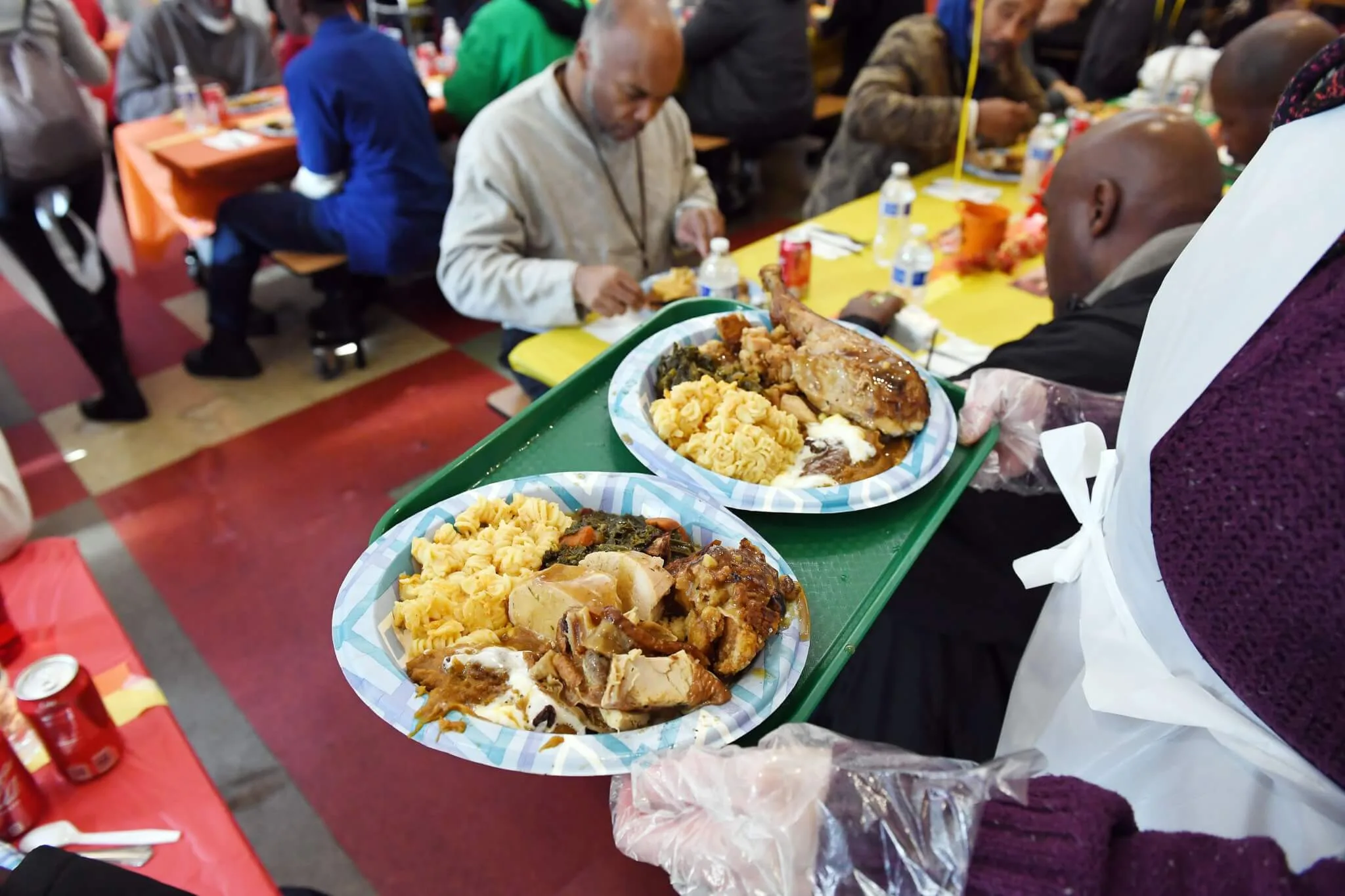
Nearly three years since the pandemic began, high grocery prices are now driving thousands of Wisconsin families to their local pantries for the first time.
You’ve probably noticed the price of just about everything–from a carton of eggs to a gallon of gas– is significantly higher than this time last year. Costs are up an average of 8%, according to the Consumer Price Index, a 40-year high.
For many families, the rising price of food is the first thing they notice. In 2020, Americans spent 9% of their income on food, according to the US Dept. of Agriculture. Every day, more families are realizing they simply can’t afford that anymore. Many are using food pantries for the very first time.
Wisconsin’s food pantries are still frequently stigmatized, seen as something used by people who are homeless. Or addicts. Or lazy. That couldn’t be further from the truth.
Heading into two of the most food-focused months of the year, we sat down with Feeding Wisconsin’s Executive Director to find out who’s really using them, what they need, and how you can help.
Christina Lorey, UpNorthNews Editor: What is the need for food like right now in Wisconsin compared to when the pandemic started [spring 2020]?
Stephanie Jong Dorfman, Executive Director of Feeding Wisconsin: Our network [of local food pantries] is once again seeing peak-COVID demand. We’re experiencing anywhere from a 28-43% increase in visitors depending on what part of the state you’re in.
Why are the numbers so high?
COVID-era policies and programs worked! However, we’re starting to see that food hardship is once again on the rise, in part because those programs and policies are dropping off. When either the federal or state Public Health Emergency orders end, Wisconsinites will lose an estimated $71,000,000 per month in emergency allotments (this number has been increasing).
Can you explain what food insecurity is?
Food insecurity is the USDA’s measure of lack of access to enough food for an active, healthy life for all household members. Food-insecure households are not necessarily food insecure all the time. Food insecurity may reflect a household’s need to make trade-offs between important basic needs, like paying housing or medical bills and purchasing nutritionally-adequate food.

How much of a problem was food insecurity before the pandemic?
In 2019, Feeding America estimated more than 530,000 Wisconsinites–or 9% of the population–were food insecure. That included nearly 184,000, or 14.5%, of Wisconsin’s children. We also know that food insecurity disproportionately impacts different communities:
- 27% Black Wisconsinites experienced food insecurity
- 21% Latino Wisconsinites experienced food insecurity
- 7% White Wisconsinites experienced food insecurity
Food security for white Wisconsinites actually improved during the pandemic–to 5%. The other groups stay the same.
Let’s talk about your organization. How many people does Feeding Wisconsin help?
I don’t have an up-to-date estimate because we’re currently pulling data from the past year. I can share that Feeding Wisconsin operates the state’s six regional Feeding America-affiliated food banks that provide food to almost 1,000 local food programs in all 72 counties. Together, Feeding Wisconsin’s network provided 86 million pounds of food to Wisconsinites in every corner of our state in 2021, an increase of 75% over 2019.

Is there a “busiest time of year” for Wisconsin pantries?
In times that are not impacted by a pandemic or other economic recession-fueled reasons, the busiest times are often holidays and out-of-school times–when families might have to try harder to put food on their tables and have more competing financial obligations than usual. Weekends, summer, and holiday breaks usually place an additional financial burden on families.
If people are able to help, what would you say are the five best items they can bring to a pantry?
- Peanut Butter
- Canned Proteins (beans, chicken, tuna)
- Low-Sodium and Low-Sugar Canned Veggies and Fruits
- Pasta
- Low-Sugar Cereals

What’s better: donating time, food, or money?
All of the above! Our food banks rely on food, funds, and friends.
Let’s address each of those. What do volunteers do and when do you need them most?
Food banks rely on volunteer power to sort, repack, and distribute food. Food banks and partnering community food distribution organizations need volunteers year round, but we often see a lull in volunteering after the winter holidays.
And what about food and money?
Donating food is always helpful, but donating money enables food banks to purchase exactly the foods their communities are requesting. Funds help provide fresh, nutritious foods like produce, dairy, and protein that are harder for individuals to donate. We can also purchase items more efficiently at scale [so your donation stretches farther].
What can $5 cover?
Our food banks estimate that $1 can support an estimated 3 meals. So $5 supports 15 meals, $20 supports 60 meals, and $50 supports 150 meals.

What do you think is still the biggest misconception about people who get help from a food pantry?
That they’re not like us. Unfortunately, the pandemic brought to light the normalizing experience of food insecurity. Folks seeking resources from a pantry, nutrition benefits, or other resources are our friends, family and neighbors. Everyone needs help from time to time, and everyone deserves support to have their basic needs met.
Click here to GET INVOLVED with Feeding Wisconsin.
Click here to find a pantry near you and GET HELP today.

Feeding Wisconsin’s mission is to support and empower food banks, partners, and the general public in all 72 counties to end hunger, improve health and strengthen local communities. Through our food banks and food pantries, we work to ensure that everybody has access to the food and benefits they need to work, learn, play and live healthy lives.
Politics

What’s the difference between Eric Hovde and Sen. Tammy Baldwin on the issues?
The Democratic incumbent will point to specific accomplishments while the Republican challenger will outline general concerns he would address....

Who Is Tammy Baldwin?
Getting to know the contenders for this November’s US Senate election. [Editor’s Note: Part of a series that profiles the candidates and issues in...
Local News

Stop and smell these native Wisconsin flowers this Earth Day
Spring has sprung — and here in Wisconsin, the signs are everywhere! From warmer weather and longer days to birds returning to your backyard trees....

Your guide to the 2024 Blue Ox Music Festival in Eau Claire
Eau Claire and art go hand in hand. The city is home to a multitude of sculptures, murals, and music events — including several annual showcases,...





